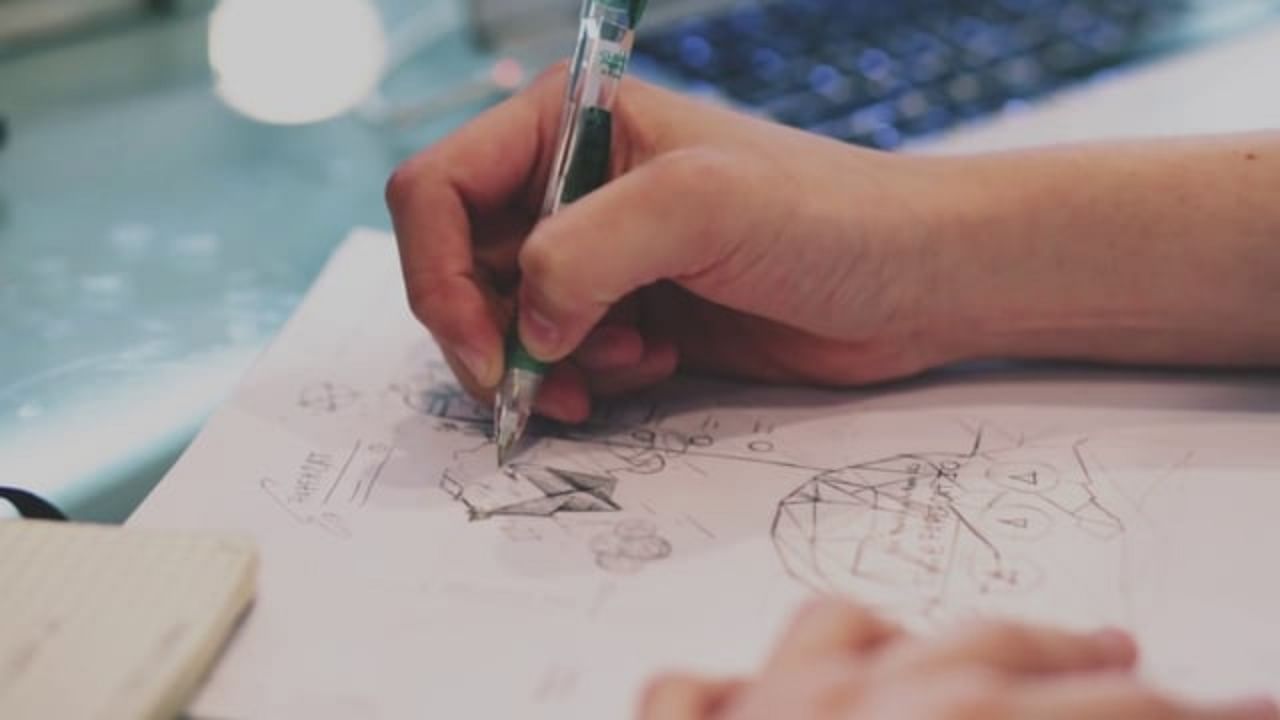
In the whacky, energetic world of cartoonists, an agile ‘movement’ shift is underway. Edgy cartoonists are donning the animator’s cap once deemed impossible.
Old world cartoonists stuck to static two dimensions for decades. Animation was not their cup of tea — those excruciating hours, laboriously sketching every move and repeating them a hundred times. They were immensely content with the static, monochrome cartoon frames that sparked a smile or two. Then came the avalanche and the unthinkable happened. Those hyperactive Walt Disney characters, brought to life by Hollywood artists, animators, and graphic designers, suddenly looked doable. The scale was nowhere close to those biggies, but cartoonists found tech tools aplenty crop up in tandem to animate their every line. Technology, that great leveler would change them forever.
Sitting pretty with an easily digestible visual medium, a big television news channel was first on the block with the ‘So Sorry’ poli-toon series in 2013. It was India’s first, and stood out for the 3D range of caricatured political characters. Viewers lapped up the recognisable figures that moved and talked around with absolute verve. Last seen, the series’ exclusive YouTube channel has over 52.4 lakh subscribers.
But the ‘So Sorry’ series inevitably requires a big team of political cartoonists, character animators, script writers, sound engineers, graphic artists and video editors. For the individual political cartoonist, the package is undoubtedly overwhelming. They stick to basic 2D animation, even if it requires intense manual work. Cartoonist Gujjarappa had forayed into territory ‘animation’ using old school methods. “It was really difficult back in 1995, when I first tried animating characters. There was no software, I had to sketch the outlines for each pixel. Imagine the time it used to consume,” he recalls.
The emergence of flash animation was considered revolutionary in 1997. “It integrated vector lines. Flash animation had shortcuts. We would separate every part of a character, the hands, the legs, which when kept in different layers, can be moved independently with some tweaking,” Gujjarappa explains.
Three-dimensional animation meant stop-motion. Characters sketched out or even sculpted would be moved slightly for 24 frames per second to cheat the human eye into believing that the action is real. “But, it takes a lot of time and patience. You can still do that if you have a good camera and a well-designed character. The result will be very good,” he adds.
Naganath G S, a Bengaluru-based cartoonist and an avid animator, went through the hard toil during the 1990s. “Every frame had to be hand-drawn with background and foreground. You had to draw in different sheets of paper and fix them into a physical frame manually.” But now, animation software such as Adobe Animate combined with After Effects have made things easier. “Once you give the first and last frames, the in-between frames can be adjusted automatically. There is much less work compared to before. Even the time consumed is less,” he says.
Naganath ventured early into multimedia with the digital transformation. He explains: “In the beginning, I used to draw on paper. Then I started drawing directly on
Adobe Illustrator and added colour and movement through Animate. I handle the entire process end-to-end. It is a one-man show.”
So, how does he go through the animation process? “Once I get the script for each frame from the client after a detailed brainstorming session, I am asked to create an animation that is one- to two- minutes long. Based on the script, I create the key pencil sketches called storyboard. If the client approves, the character creation process begins,” he elaborates.
The inking is done right on the system. Scanned key sketches are then traced on Illustrator. “The lines have to be in vector form for scalability and smooth running of the animation. Raster images take a lot of memory, and will also trigger jerks between frames. The process called motion tween ensures that the in-between frames are created seamlessly. You can create 20 to 30 such frames,” Naganath explains.
Raghupathi Sringeri is another cartoonist who has made a neat transition to a versatile animator. He prefers the Animate tool, sketching illustrations in different movement poses at different keyframes. “I sometimes add voice, either recorded or sourced from online text-to-voice conversion tools.”
But voice would mean a seamless integration with the visual. This implies lip-syncing. Raghupathi explains, “I draw the characters with lips in different shapes depending on the vowels A, E, I, O, U. Words then fall in place to mimic speech.”
Cartoonists quick to adopt the fast-emerging tech tools have flourished. The emergence of Artificial Intelligence (AI) will only hasten the transition. The integration of humour, character design, voice, lip sync and seamless, fluid movement is bound to revolutionise the way cartoons, even political ones, are consumed tomorrow.
Other animator cartoonists
Shujaat Ali
Among the pioneers of animated political cartoons is Shujaat Ali who is with Al Jazeera. He promotes his cartoons on Twitter. Less than two-minutes long, the clips have simple frame animation with background sound and music.
Mark Fiore
Pulitzer Prize-winning cartoonist Mark Fiore has delivered hard-hitting and fun political animation to millions worldwide. His works appear across platforms from CNN to Al Jazeera to the San Francisco Chronicle and Mother Jones.
Ajit Ninan
Illustrator-cartoonist Ajit has packed a massive punch in the satirical world of political cartooning, which has been picked up by multiple mainline newspapers and magazines regularly. Nitin Kumar’s animated GIFs of Ninan’s cartoons take it to another level — an old cartoon where A B Vajpayee and finance minister Yashwant Sinha are tracking the falling economy
on a chart — shows the lines cracking animatedly, and a citizen’s desperate arm gesturing for help.